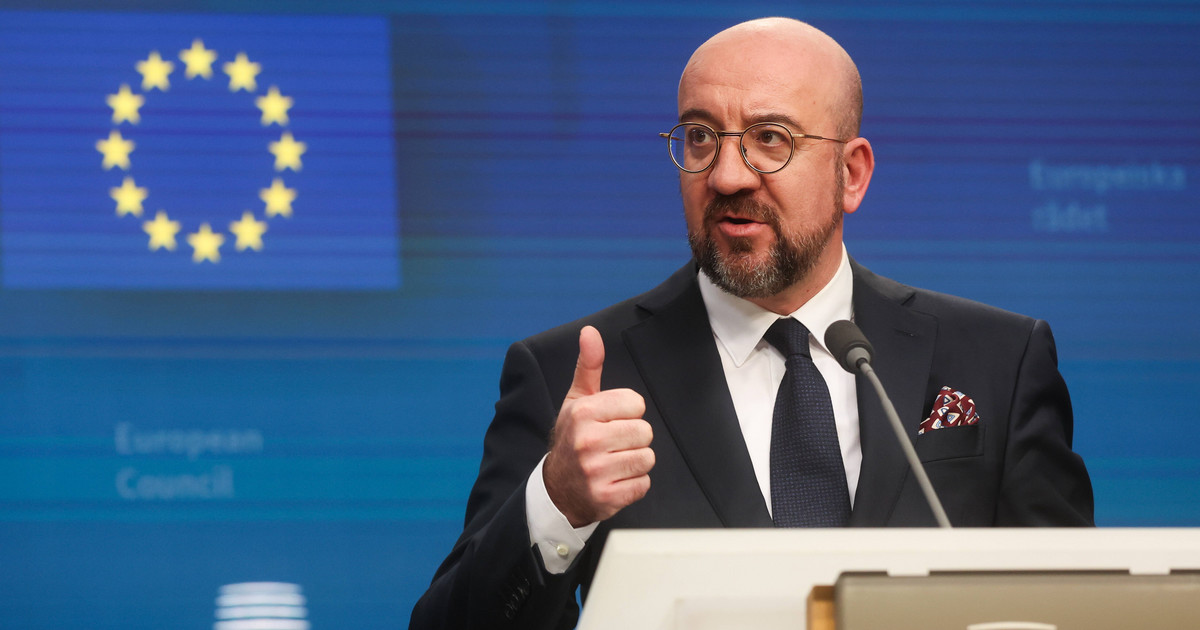#Mortgages #rates #tripled #years #share #Italians #debt #buy #house #decreasing
Listen to the audio version of the article
The high interest rate beats credit and reshapes the spending plans for the home of Italian families. The surge in the cost of money, raised to 4.5% by the ECB, has tripled the rates charged by banks on mortgages granted to families. At the end of last December, the average interest applied to real estate loans had reached 4.40%, i.e. exactly triple compared to the 1.45% of January 2022, the lowest level in recent years. It is the photograph taken by a Fabi studio. This is, underlines the federation, a dizzying rise of 295 percentage points in just 24 months which led the stock of mortgages to decline, during 2023, by 2.3 billion euros (192 million per month on average) after the increase of over 35 billion recorded in the previous two years, thanks to the 18.3 billion more in 2021 and the growth of 17 billion achieved in 2022.
The decline in sales
Data from the last 12 months shows that the delicate balance between interest rates and inflation has put Italians’ borrowing capacity to the test and dragged down investment in real estate. All this with negative effects, in general, on the real estate market and in particular on sales, which significantly decreased last year: for this reason, the share of Italians who go into debt to buy a home has fallen from 50% to 41%. , with sales dropping by almost 12%. The turnaround in the real estate market could be favored if the European Central Bank, in the next meetings, decides to start cutting rates and a more expansionary phase, in general, for credit, Fabi underlines.
Loan data
Doubts, however, Fabi observes, hover over the speed with which Italian families will respond to the incoming cuts and the induced, but slow, effect that they will have on the cost of those who borrow. For now, the data on loans and the pressure on the Italian real estate market are negative and are the consequence of the ECB’s constant commitment to increasing the cost of money, in an unbridled attempt to curb inflation. What was the formula for success for the ECB was not similar for the Italian brick. The amount of mortgages was at 392.3 billion in January 2021 and during that year it increased at a rate of 1.5 billion per month, closing at 409.9 billion in December of the same year.
The trend of the Italian market
Over the following 12 months, the pace of growth slowed slightly to 1.4 billion, with the total reaching 426.9 billion at year-end from 410.3 billion in January. Trend reversal and slowdown came immediately with 2023: the first drop of around 600 million already in January (stock at 426.2 billion) and then a progressive, albeit slow, decrease up to 424.6 billion last December: the decline monthly average was 192 million for a total of 2.3 billion euros over 12 months (-0.54%). The data, reworked on the basis of Bank of Italy statistics, not including any securitisations, therefore allow us to observe that the amount of real estate loans has systematically grown in correspondence with favorable rates, both from the point of view of monetary policy and for as far as interest for customers is concerned, only to then decelerate significantly when the dynamics of the cost of money worsened.
The growth of mortgages in the two-year period 2021-2022
Overall, in the two-year period 2021-2022, the total mortgages grew with new disbursements amounting to 35.4 billion with an increase of 9.05%. The growth in the stock of “household loans” was evenly distributed over the two years in question, 18.3 billion in 2021 (+4.69%) and 17 billion in 2022 (+4.17%): the race is continued even after the first phase of increases in the cost of interest rates, which began in July 2022 with increases up to 2.5% in December of the same year, a threshold that the market evidently amortized and digested.

:quality(75)/cloudfront-us-east-1.images.arcpublishing.com/elcomercio/YIQFEOV5E5BDRJUBQEWR2SNFCM.png)









